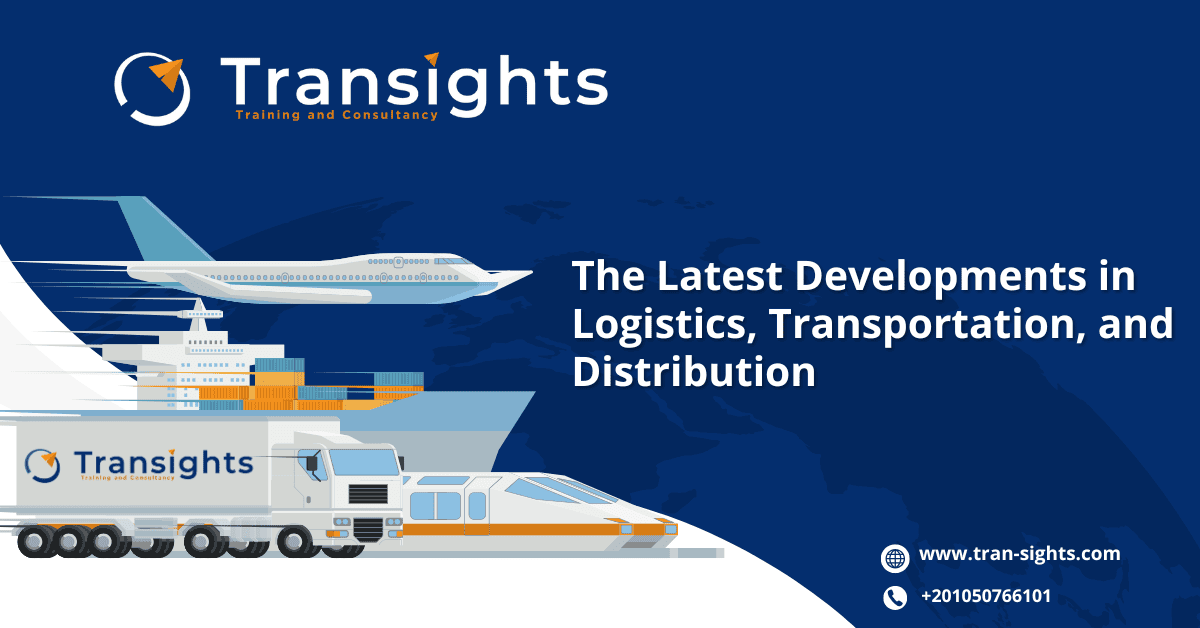
What is Logistics, Transportation, and Distribution?
This field encompasses activities related to the flow of goods, information, and services across the supply chain, from the source to the end consumer. It consists of three main components:
- Logistics : Focuses on inventory management, storage, and coordinating operations to ensure smooth goods flow.
- Transportation : Involves determining the best methods and routes for moving goods.
- Distribution : Ensures the final delivery of products to customers in an efficient and reliable manner.
Recent Developments in the Sector
The industry is continuously evolving due to technological innovations and changing customer expectations. Key developments include:
Artificial Intelligence and Big Data Analytics:
- AI helps improve planning and demand forecasting, reducing waste and increasing operational efficiency.
- Big data analytics provides real-time insights into supply chain performance, enabling informed decision-making.
Automation and Robotics:
- Robotics have become integral to warehouse management, handling tasks such as sorting, packing, and internal transportation.
- Automation reduces human errors and speeds up operations significantly.
Innovative "Last-Mile Delivery" Solutions:
- The last mile of delivery is often the most costly and complex stage. Using drones and autonomous vehicles helps reduce costs and improve delivery speed.
- Enhancing customer experience through real-time order tracking tools.
Digitalization and Cloud Systems:
- Cloud systems provide companies with comprehensive visibility into their supply chain, improving efficiency and crisis management.
- Digitalization facilitates seamless information sharing among stakeholders.
Sustainability in Transportation:
- With growing environmental awareness, companies are adopting sustainable transport solutions like electric trucks and alternative fuels.
- Implementing carbon emission reduction strategies enhances brand reputation and ensures compliance with environmental regulations.
Supply Chain Resilience:
- Lessons learned from the global pandemic have made building resilient and adaptive supply chains a top priority.
- Diversifying sources and strategic storage helps mitigate unexpected disruptions.
Current Industry Challenges
Despite rapid advancements, the sector faces several challenges, including:
- Volatility in fuel prices and rising operational costs.
- Complexity in managing global operations due to globalization and reliance on multiple suppliers.
- Balancing technology integration while maintaining human resources.
The Future of Logistics, Transportation, and Distribution
With ongoing technological advancements and increasing demand for fast and sustainable services, the future of this sector looks promising. Companies that invest in innovation and adapt to changes will be best positioned to tackle challenges and seize new opportunities.
The Logistics, Transportation, and Distribution field remains the backbone of every industry, and as technology evolves, it is poised to stay at the forefront of global economic transformations

